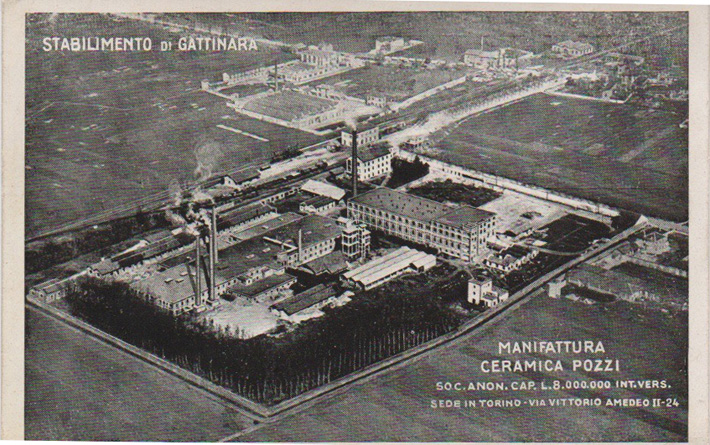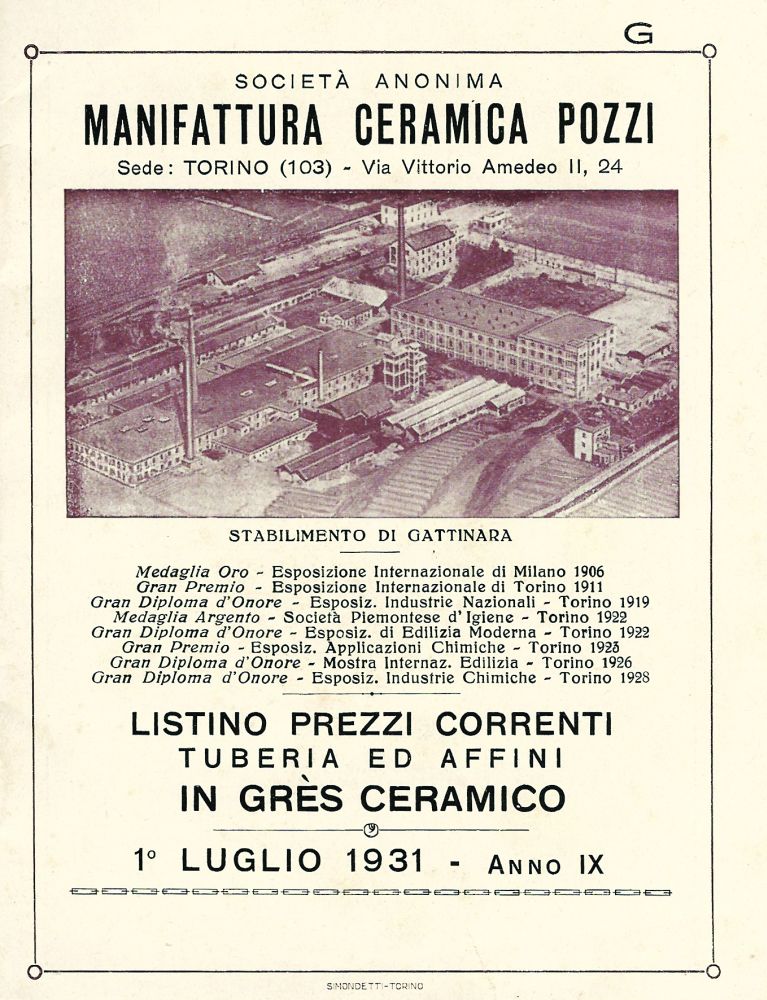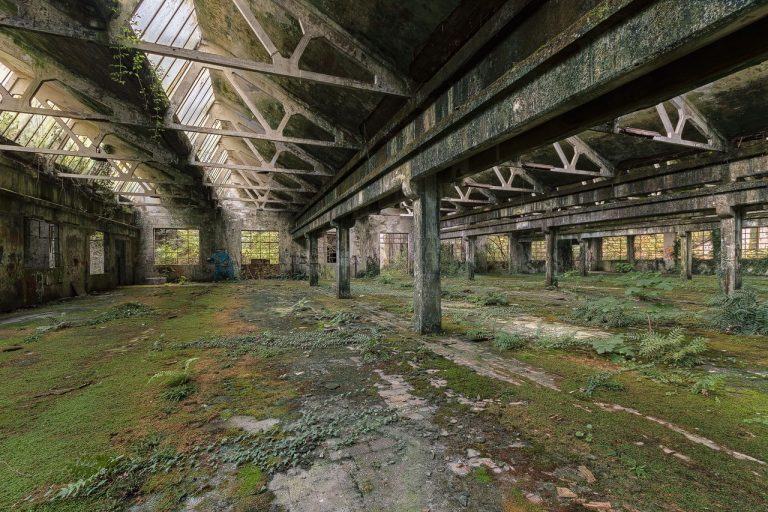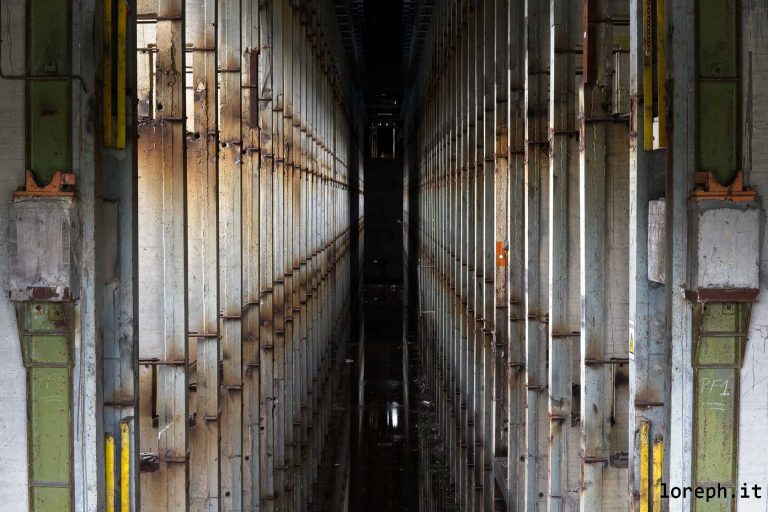CERAMICA POZZI [IT]
Exploration #196. The history of this large and important factory began in 1906. In that year, the vineyards in the area had been reduced to unproductive stumps by a terrible cataclysm that had brought viticulture to its knees the year before. The municipality was prepared to give golden bridges to any industrial enterprise that set up in the area. Francesco Pozzi’s company arrived from Milan, specialising in the production of terracotta and refractories. On 12 December 1906, Manifattura Ceramica Pozzi spa was ‘statutorily’ established with an initial capital of one million. The factory was located next to the Santhià-Arona railway, which was inaugurated at the beginning of 1905. In a few months, facilities, buildings and kilns were built in record time. On 15 September 1907, production began: majolica stoves, refractories, flowerpots, chimney pots. There were six workers, but within a few months they had grown to over 50. The first full year of work ended with a surplus of 66,101 lire, which today is roughly equivalent to over half a billion. In 1909, the production of washbasins, in 18 models, and sanitary ware began. The new products were a resounding success on the market: in 1911 profits grew by a third and the workforce rose to 200. But unexpectedly, expansion came to a halt, the sanitary ware sector was abandoned, and then came the “Great War”, which almost caused the closure of the factory. Fortunately, the pace of production resumed and in 1923 three huge chimneys were erected on the site of the plant. The Wall Street crisis did not leave any clear signs, until Fascism’s imperial policy introduced the autarchy regime. The precious clays from France were no longer available and the company turned to its own mine: the hills of Lozzolo. Then came the war and Ceramics once again risked collapse. But 1947 saw the start of the great “boom” of the 1950s and 1960s: immigration from the Veneto region after the war was joined by immigration from the south of Italy. The workforce gradually increased from 550 to 1300 and Gattinara experienced its greatest demographic growth with almost 10,000 inhabitants. After the extraordinary growth in employment, there was a stabilisation and then a decline; the ups and downs of the 1980s were characterised by the renewal of plants, changes of programme, hopes and disappointments. And then, having just crossed the threshold of the last decade of the century, it closed in March 1993. Since then, the area has been abandoned. This visit dates back to 2015-2016. Since then, the area has been emptied and all the sheds have been cleared of asbestos. At the moment the area is just empty skeletons.
(source: Arnaldo Colombo, La Stampa, Thursday 26 March 1993).






































